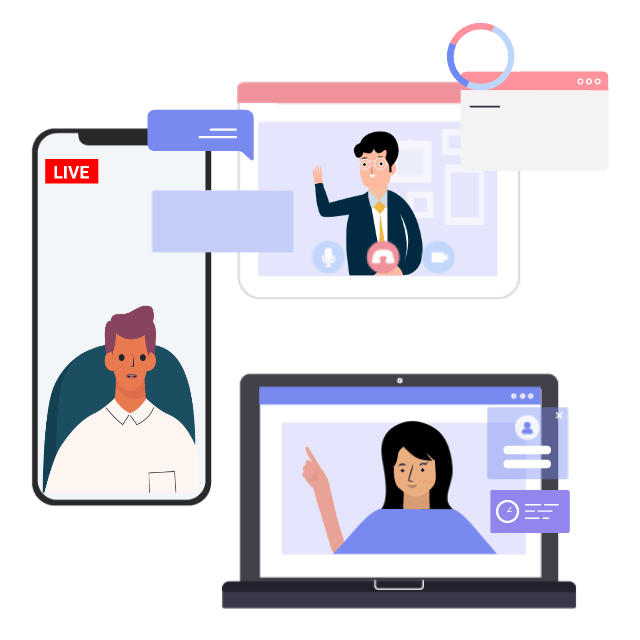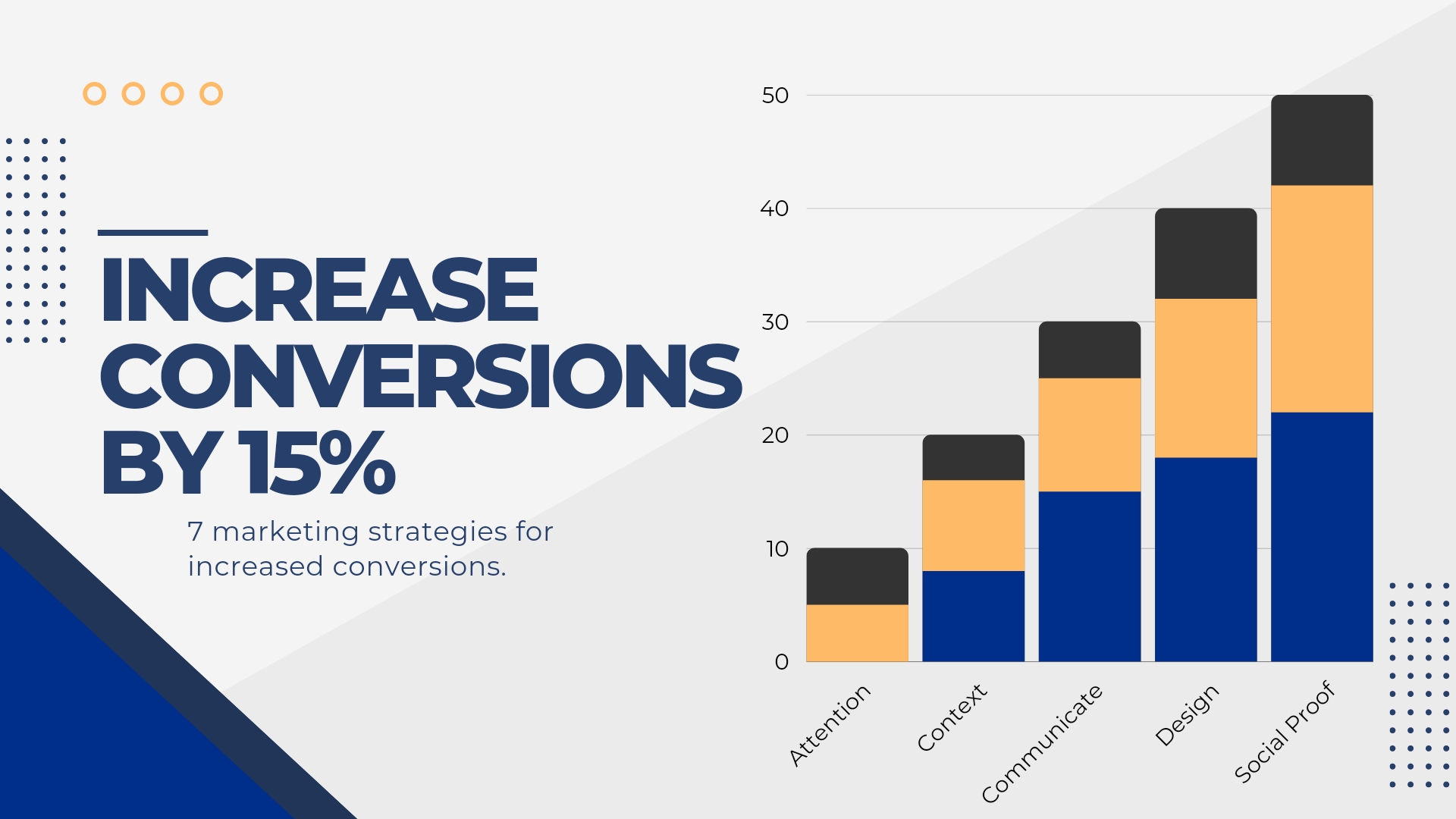Some links on this post may link to affiliate pages that offer compensation to the author of this post.
Your website landing page is a fundamental part of building your business. But your website can also be a huge waste of your time and money if people who visit your website don’t convert! So in today’s article, I will be going over 7 landing page conversion tips to help you get more leads!
Listen to this episode with author commentary on my podcast: https://anchor.fm/metaverse-marketing/episodes/7-Conversion-Psychology-Tips-to-Get-Better-Leads-From-Digital-Marketing-e1qa159
Grab Your User’s Attention Quickly
If you have ever been scrolling your Facebook feed, you will have without a doubt seen an article that grabbed your attention quickly. Maybe it was a highly clickbait political article or maybe it was a good recipe for thanksgiving dinner.
The same principle applies to great web design. When it comes to the attention ratio (the number of goals your website has for each call to action), the optimal ratio is 1:1. Which means 1 call to action for every page you visit.

Give Your Users Important Conxtext for Conversion
Every inbound marketing channel that delivers traffic to your website comes with its own degree of context. Is someone visiting after finding your website on Google? Are they visiting your website after clicking an ad on Twitter? Are they a user who is already familiar with your website and clicked a link in your email marketing campaigns?
All these channels teach users to expect something a little different when they land on your website. So make sure that what users read and see on a post is the same thing they see when they land on your website.
Posts and marketing channels that do not keep their context appropriate in relation to their landing pages risk losing the lead and losing trust in the brand.
So here are two things to keep in mind to help keep your context-appropriate.
- Message Matching: the headline you use in your posts must closely match the subject or call to action
- Design Matching: The design and color palette of any visuals that are presented in each advertisement, post, and email.
A good way to keep your brand message and design intact is to use a brand style guide. If you are interested, we put together brand style guides every day for businesses just like you to help keep their marketing trustworthy. Click here if you are interested in working with our team.

Keep your Communications Clear and Concise
Every ad you run, is going to have both a Unique Campaign Proposition and a Unique Value Proposition. In each of your target markets, you need to be clear in the words you use to communicate your offers.
A Unique Value Proposition is the specific proposition that you are pushing in your campaign that highlights what makes your product or service better than your competition.
To keep your ads clear and concise, consider your Information Hierarchy. the Information Hierarchy is the tiers of importance by which you structure the word order on your landing page and the order of words on your post.
If you are not much of a wordsmith, you can use AI copywriting tools like copy.ai or rytr.me to help you get a better understanding of writing with information hierarchy in mind.
Keep the design elements and copy elements congruent.
Ads need to reflect the key purpose of their landing pages and vice versa. When running a marketing campaign, the Unique Value Proposition needs to keep all your users in the same boat at all times.

Help Establish Trust in your Brand With Social Proof
Let’s face it, your brand is scary to new people. You want them to buy products or services and they have no reason to trust you… yet.
But don’t get insulted because there are easy ways to build trust in your brand. Free returns, 30-day guarantees, reviews, and testimonials are all great ways to help provide social proof that your brand can be trusted with your customers hard earned money.
Be Tactful in Closing Your Sale or Conversion
Closing the deal is always tricky, but it can be made easier if you understand the dynamics and psychology involved in making a decision. There are several factors that can influence closing on your website.
- Positive Words. You may not realize it, but spam and other negative-sounding words actually convert less often in A/B tests
- Positive Influences. Get specific by finding the uncertainty in your calls to action and remove them. If you are selling a webinar, say the session will be recorded to ease the FOMO anxiety of not being able to attend.
More important than anything though, don’t talk about Features… talk about Emotions. One of my favorite books on selling online talks about this very delicate balance. Link here if you are interested in learning more:
Continue the Conversation After the Sale
Many sales you make on your website actually come after someone has already made a sale. Upselling and Crosselling are time-tested and proven digital marketing tactics that are guaranteed to increase your conversions over time.
You can also offer email marketing options that allow users to become affiliates or refer their friends to your website. This is one of the secrets of highly effective web design that many websites miss after getting the sale.
Thanks for reading to the end of this post. If you find the information I provide to be helpful, please consider subscribing.
Disclaimer: None of the information presented on this site constitutes legal, business, tax, or medical advice. In each scenario, it’s recommended to first chat with a medical, legal, business, or tax professional before making any decisions.


